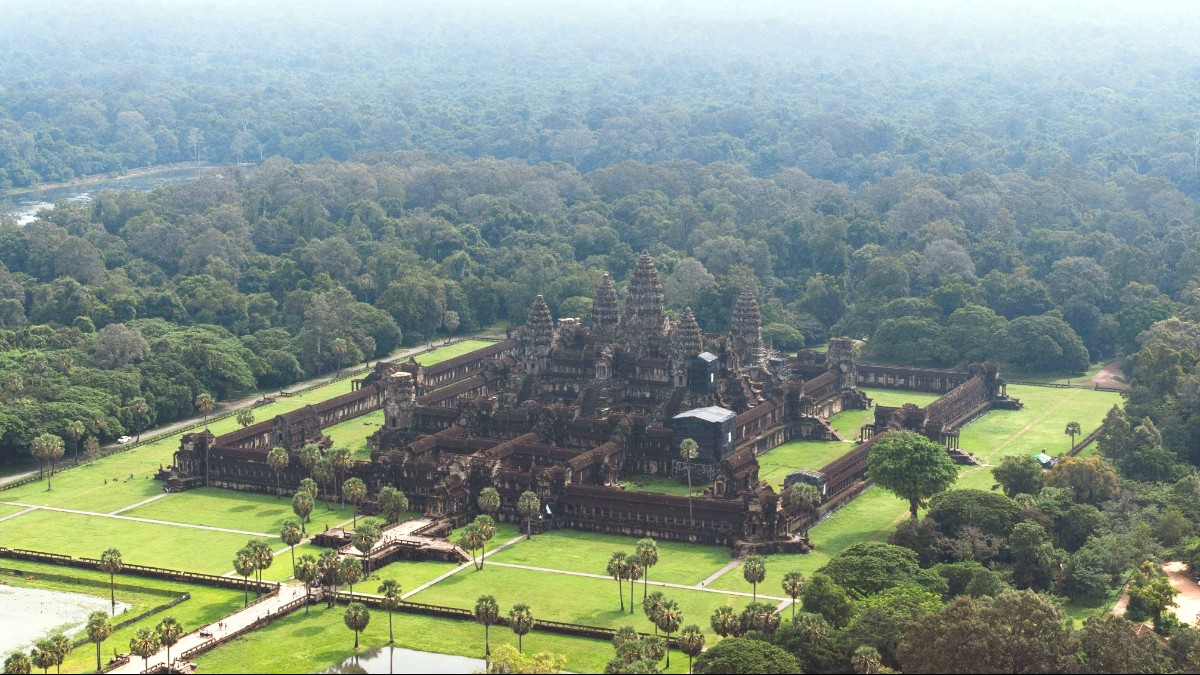
Cambodia
Lightweight, breathable fabrics are best year-round due to high temperatures and humidity. Cotton, linen, or moisture-wicking synthetic materials work well. Choose light colors to reflect sunlight.
When visiting temples, especially Angkor Wat, authorities enforce strict dress codes. Your knees and shoulders Must be covered for both men and women. This rule holds for the upper levels of Angkor Wat and other sacred areas.
Comfortable Walking shoes or sturdy Sandals with good grip are needed. You will navigate uneven surfaces, climb many stairs, and sometimes encounter slippery paths at the temples.
Flip-flops or open sandals for casual wear around town but are not good for extensive temple exploration. They offer little support and protection.
Consider waterproof footwear or sandals for the wet season. They aid with navigating muddy paths or walking through unexpected puddles.
Keep your important documents secure and accessible. Carry physical copies and digital backups.
Stay connected and powered up. Plan for the local electrical standards.
Capture memories and stay powered throughout the day.
Use cloud storage to back up photos and important documents remotely.
An External hard drive or second memory card for local data copies.
Recommended apps: Maps.me or Google Maps (offline maps), Google Translate (offline Khmer pack), Grab/PassApp (ride-hailing), WhatsApp/Telegram (communication).
A personal health kit helps manage common travel ailments and comfort.
Stay hydrated and maintain hygiene in the tropical climate.
Lightweight, breathable clothing and comfortable, supportive Hiking shoes are good.
A versatile camera records the varied light conditions at the temples. Consider a wide-angle lens for scale and a telephoto lens for details. A Portable tripod helps with low-light shots.
Bicycles are easily rented in Siem Reap for a low daily cost. This is an excellent way to see the temples.
Items to enhance comfort and security during your journey.
Practical items for daily exploration and responsible travel.
Reduce plastic waste.
For market purchases.
Avoid single-use plastics.
Protect yourself naturally.
Smart packing leads to a better travel experience. Consider using packing cubes for organization and a digital luggage scale to avoid overweight fees.
Always check weather forecasts closer to your departure date for any last-minute adjustments. Keep important documents in a waterproof pouch.